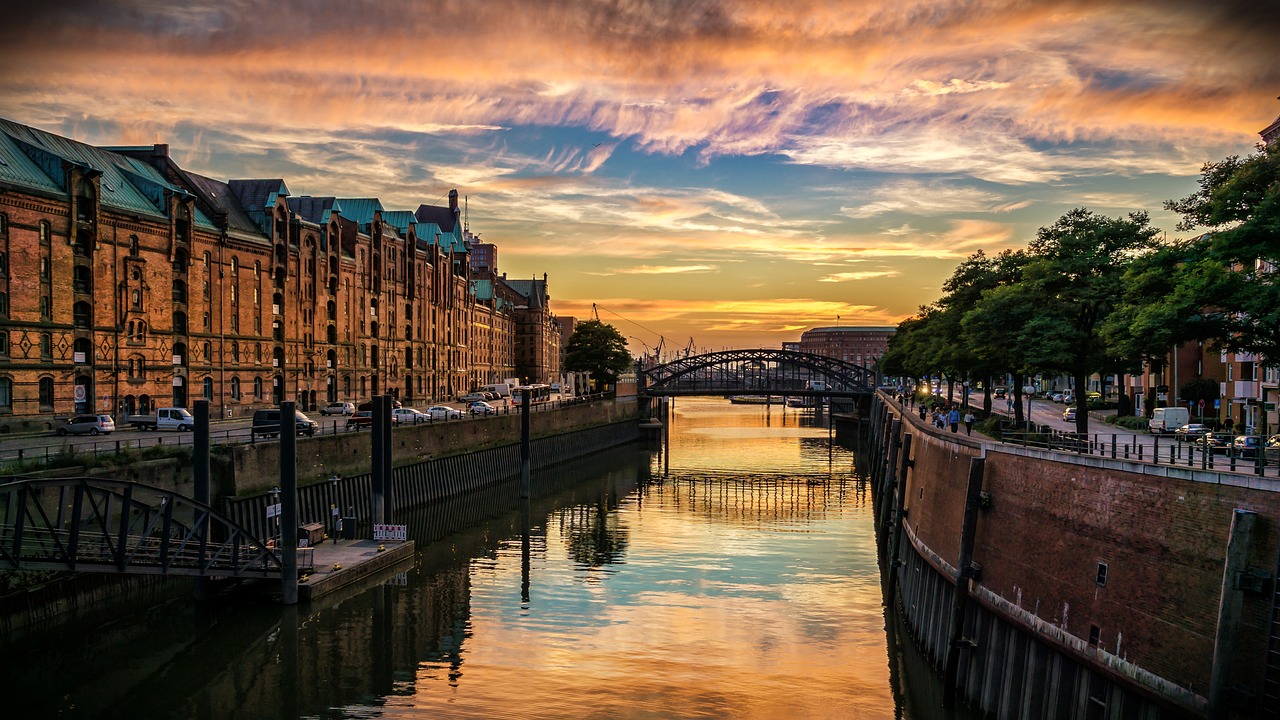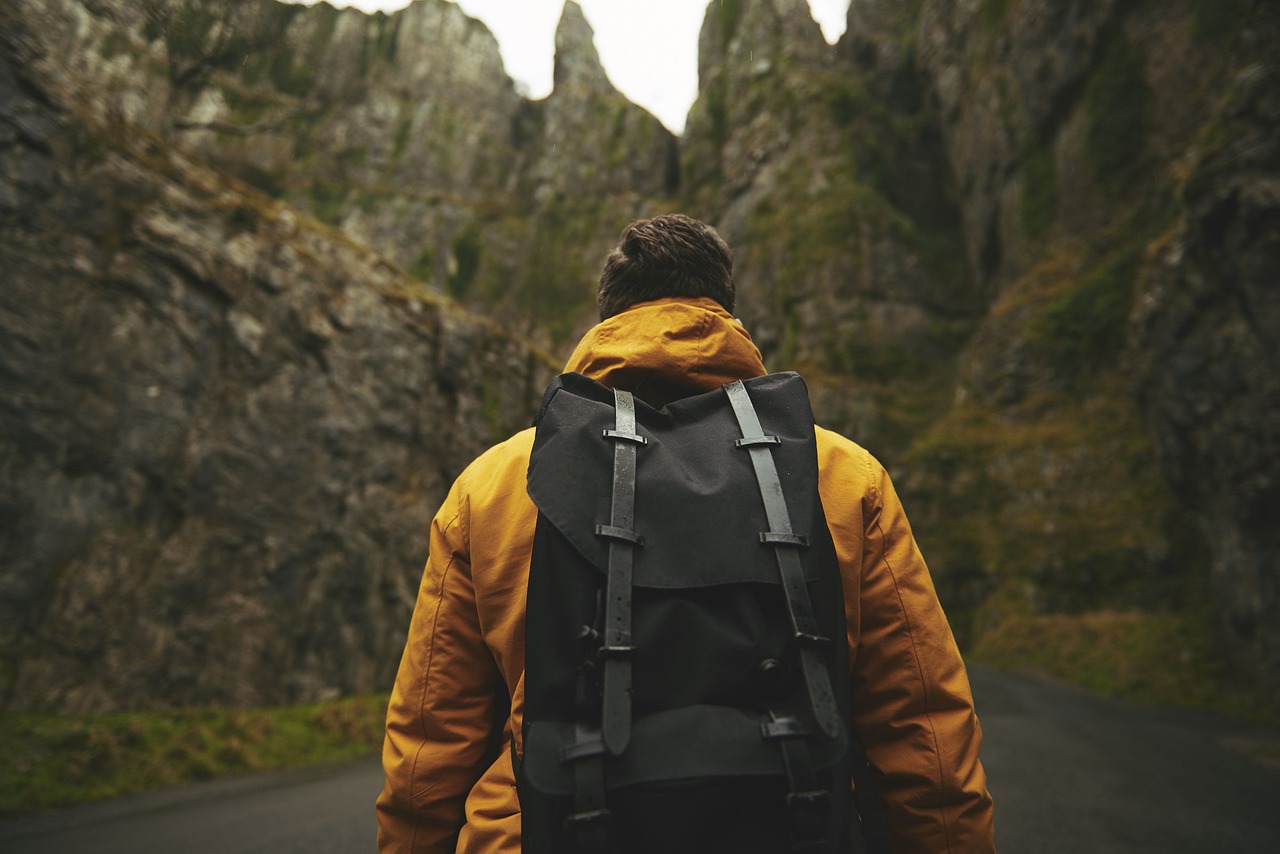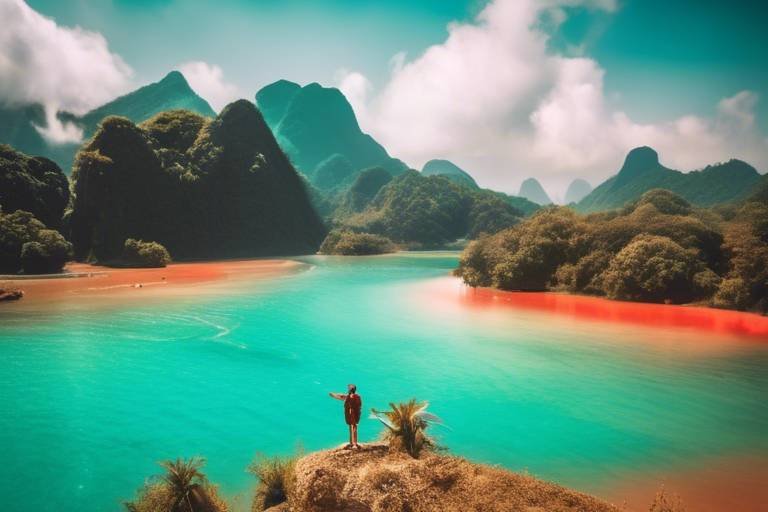The Best Camera Settings for Capturing Vibrant Travel Photos
Are you ready to elevate your travel photography game and capture stunning, vibrant images that truly encapsulate the essence of your adventures? Mastering the art of camera settings is key to achieving those breathtaking travel photos that leave viewers in awe. From adjusting aperture to optimizing ISO and utilizing composition techniques, every setting plays a crucial role in enhancing the visual impact of your images.

Understanding Aperture
When it comes to capturing vibrant travel photos, understanding aperture is crucial for achieving the desired results. Aperture refers to the opening in the lens through which light passes into the camera. By adjusting the aperture settings, photographers can control the depth of field, focus, and the amount of light entering the camera, ultimately influencing the sharpness and clarity of the images captured.
Imagine aperture as the pupil of the camera's eye, expanding and contracting to regulate the amount of light that reaches the sensor. A wider aperture (lower f-stop number) allows more light to enter, creating a shallower depth of field with a blurred background, ideal for portraits or close-up shots. On the other hand, a smaller aperture (higher f-stop number) lets in less light, resulting in a greater depth of field, suitable for landscapes or group shots where everything needs to be in focus.
It's essential to consider the creative implications of aperture settings on your travel photos. Do you want to isolate your subject from the background, emphasizing their presence in the scene? Or do you aim to capture sweeping landscapes with sharp details from foreground to background? Understanding how aperture impacts the visual storytelling of your images will help you make informed decisions when setting up your shots.

Mastering Shutter Speed
Shutter speed is a crucial aspect of photography that can make or break your travel images. By mastering shutter speed, you have the power to freeze a fast-moving subject in action or create a sense of motion in your photos. Think of it as controlling time within a single frame – a fast shutter speed can capture a bird in mid-flight with crystal-clear detail, while a slow shutter speed can blur the movement of a waterfall, adding a dreamy effect to the scene.
When setting your shutter speed, consider the speed of the subject you are capturing. For fast action shots, such as a bustling city street or a speeding car, a higher shutter speed like 1/500 or faster is ideal to freeze the motion and avoid blur. On the other hand, for creative shots where you want to show movement, like a flowing river or a spinning carousel, a slower shutter speed such as 1/30 or even longer can create a dynamic and artistic effect.
It's essential to experiment with different shutter speeds to find the perfect balance for your travel photos. Don't be afraid to push the boundaries and try new techniques – you might discover a unique way to capture the essence of your journey through the play of light and movement.

